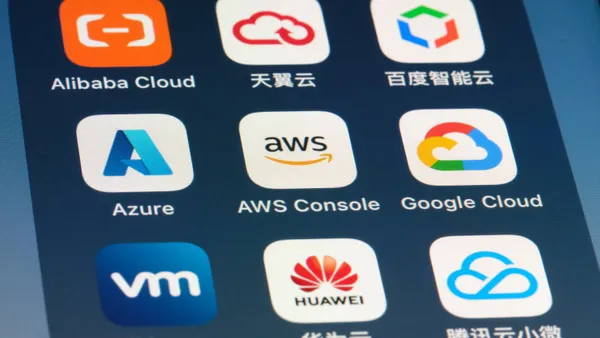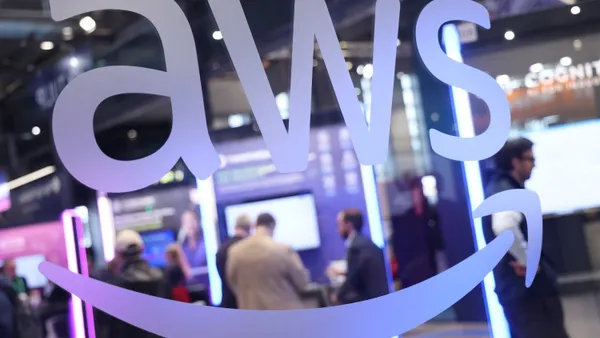Dive Brief:
-
Desktop hardware is still a staple of the modern workplace. About 70% of organizations leave desktops in commission for five or more years before replacing them, according to a Spiceworks survey of almost 1,400 respondents. Nearly one-fourth of organizations push their desktops past warranty expiration dates, using them for seven or more years.
-
About 99% of organizations offer company-provided laptops, 93% use desk phones and 98% use servers, according to the report. IoT devices, however, are most uncommon at 28% usage.
-
A majority of respondents (68%) rely on desktop computers over laptops (29%) to do most of their computing workloads. Only 1% of respondents rely on tablets as their go-to computing device, according to the report. Larger organizations with substantial IT budgets are most likely to provide laptops with more expensive specs than traditional desktop computers. Organizations with big campuses may also require the mobility laptops allow.
Dive Insight:
Every few years companies face the tech refresh cycle to purchase the latest models and upgrades. Companies like Microsoft and Google offer hardware subscription models that allow organizations to replace ownership of technology with a guaranteed device update.
Vendors engaging in a tech refresh cycle are doing so to be a part of an enterprise's larger long-term growth strategy. But, the most important piece to remember when maintaining older devices is security. By hanging onto "out-of-support hardware," companies risk intrusions from systems that can't be patched.
Such a threat could defer potential hires and weaken retention as 59% of IT professionals say outdated IT can make employees feel negatively toward the company, according to the report.
However, while subscription models ensure automatic updates, they are usually more expensive than outright buying hardware, Peter Tsai, senior tech analyst at Spiceworks, told CIO Dive in an email. The companies that hold onto their hardware the longest are usually those trying to get as much for their money as possible and are not the candidates for a subscription model.
Companies are using their devices to the point where they become unusable, according to Tsai. Less than one-third of organizations are replacing their devices because of the refresh cycle. The reason for this is that older computer models can still withstand the power needed to perform basic workloads and "even when it isn't, it's relatively simple and cost-effective for IT departments to give new life to old PCs by replacing old hard drives with relatively lightning-fast SSDs."












